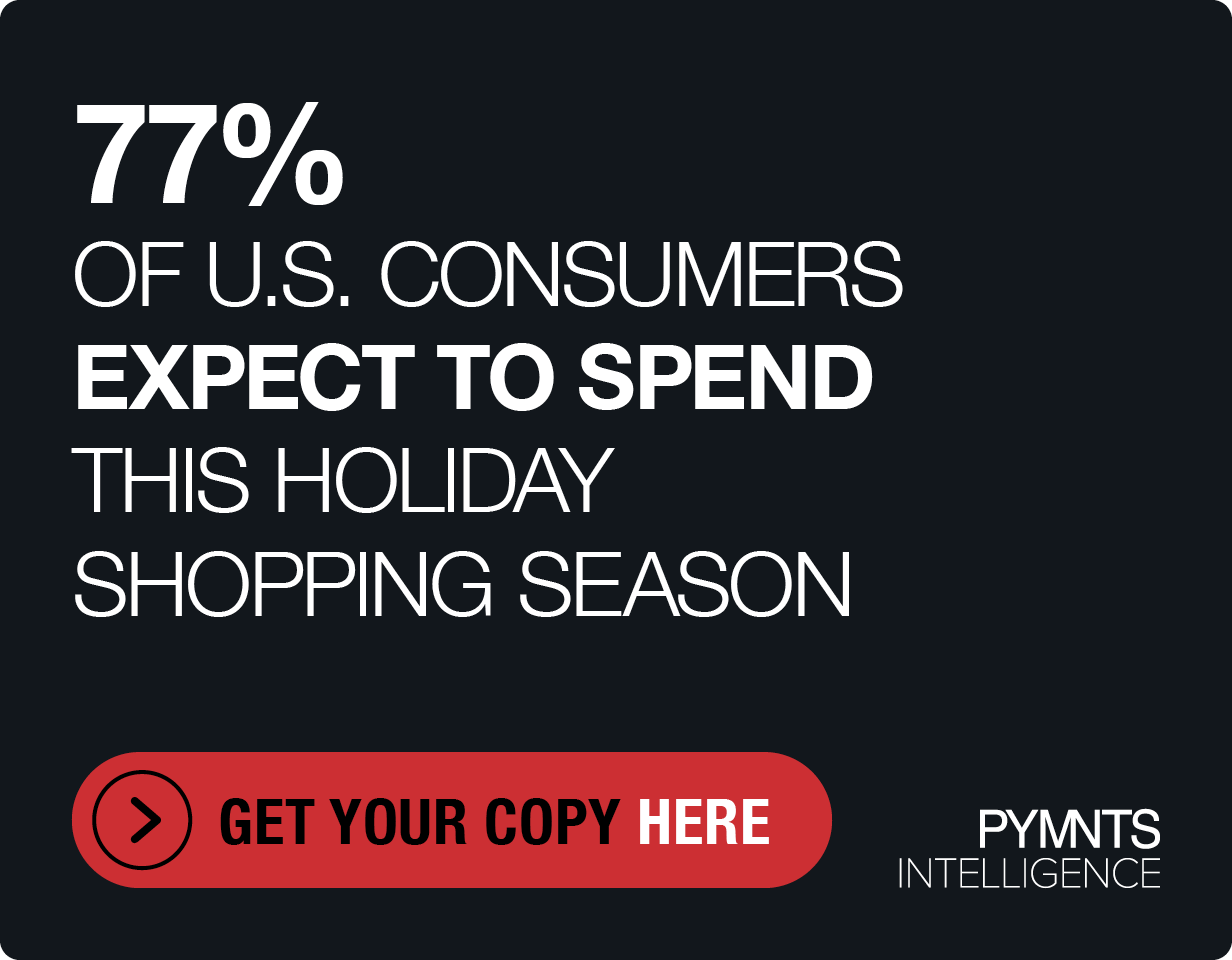PSCU/Co-Op Solutions Combination Creates Innovation ‘Aggregator’ for Credit Unions
Mergers are born of the principle that a combination of enterprises is greater than the sum of the respective parts.
Chuck Fagan, president and CEO of PSCU/Co-op Solutions, told Karen Webster that PSCU’s combination with Co-op Solutions will create an end-to-end aggregator of digitally enhanced services to member credit unions that will help them compete with their larger banking brethren and cement end-user loyalty.
On Jan. 1, PSCU and Co-op Solutions formally merged into a single entity, becoming a combined credit union service organization and financial technology solutions provider.
The news comes at a time when, as Fagan noted, joint research from PYMNTS Intelligence and PSCU has found that nearly half of credit union (CU) executives have said that resource constraints are hindering their efforts to bring new innovations to market. More than a quarter of CU members said they’d leave their provider in favor of a financial institution (FI) perceived as offering better innovations.
Fagan noted that the linkup with Co-op has been years in the making — where initial talks between the two organizations began in 2005, and through fits and starts did not fully reach fruition until the pandemic and the great digital shift underscored the need to scale innovations and reduce overlapping overhead, especially around security.
Cutting Duplicative Spend
“When we’re investing millions every year in cyber,” said Fagan, “and when Co-op Solutions is investing millions every year in cyber, we’re spending duplicative money that we could use for other areas of tech spending and other initiatives that could keep credit unions competitive.”
Taken together, the reach of Co-op and PSCU spans half the FIs in the United States, giving an on ramp to the scale that can bring new payments use cases to CUs and FinTechs that in turn can be offered to a growing number of endpoints — with PSCU/Co-op serving as an aggregator.
“Our client base has overwhelmingly approved our coming together,” he said of the deal. And as Fagan noted, PSCU and Co-op have their respective strengths — both organizations have core businesses in debit and credit processing. PSCU, for its part, has been broadening its digital lending capabilities, in part through its partnership with Amount, and formed Lumin Digital six years ago to bolster its mobile banking initiatives. The acquisition of Juniper Payments, he said, has positioned the organization to capitalize on the pivots to real-time use cases.
Co-op, he said, brings an ATM network to the table — which he said PSCU “has never had,” and which offers surcharge-free services for CU members across the nation, in addition to shared branching. Co-op also has already been partnered with Zelle since 2020.
Tying all these efforts together at scale, he said, means that tens of millions of dollars can be reinvested in other technologies, on an annual basis.
Earmarking the Freed-Up Funds
As to where the freed-up funds may be directed, Fagan told Webster that digital lending remains a key area of focus, where CUs want to streamline card issuance and applications — the Apple Card process offers an example to follow, where signing up takes only a couple of clicks online. CUs also will seek to leverage the joint PSCU/Co-op innovations and put their own brands on new lending products and services. Many FIs cannot build out their own solutions and thus will opt to connect to new digital offerings through APIs and the shared services marketplace crafted through the combination.
The two organizations, he said, are also focused on financial wellness as a priority — especially for younger consumers in the Gen Z cohort.
“Credit unions have gotten more aggressive marketing to newer, younger demographics,” he said, “as they try to create that ‘financial institution’ experience.”
He noted that by tying buy now, pay later (BNPL) products to existing credit lines, consumers are less apt to “stack” debt and find themselves with financial burdens they cannot afford. Broader outreach and education efforts, he said, will be a natural area of investment, through a personalized approach that alerts CU members via mobile channels when they are nearing their credit limits or exceeding their monthly budget plans.
Artificial intelligence (AI) plays a role here, he said, “as we’re still on the ‘upslope’ as far as the utilization of data, and how that data can be used to create a personalized experience.”
And as he noted to Webster, “We’re creating a collective tool chest of assets that we can take to each other’s memberships and deepen those relationships … with the ability to continue investing at a very high level.”

